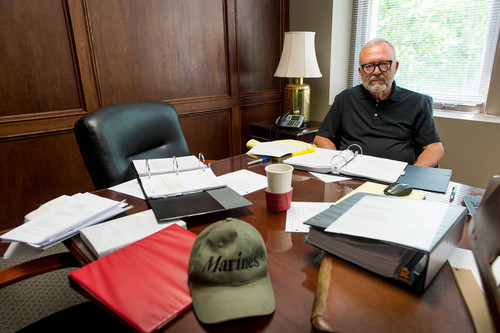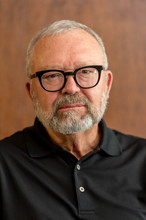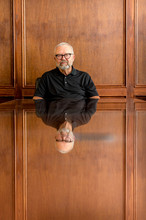This is an archived article that was published on sltrib.com in 2014, and information in the article may be outdated. It is provided only for personal research purposes and may not be reprinted.
As a bench trial began Monday in Utah's federal court, FBI employees testified they conducted an extensive search of videotapes and documents from the agency's Oklahoma City bombing investigation to fulfill a records request by Utah lawyer Jesse Trentadue.
That search ultimately resulted in 30 tapes and 200 pages of documents being released to Trentadue and satisfied the FBI's obligation under the Freedom of Information Act (FOIA) to look for the requested records, Department of Justice attorney Kathryn Wyer said.
"The evidence will show the FBI conducted a reasonable search," Wyer told U.S. District Judge Clark Waddoups, adding that further searches for more records would be fruitless.
Trentadue filed a FOIA request seeking records connected to the 1995 bombing, including a tape he believes shows two men exiting a Ryder truck parked in front of the Alfred P. Murrah Federal Building and the detonation of explosives in the vehicle, and the dashboard camera tape of bomber Timothy McVeigh being arrested by an Oklahoma Highway Patrol trooper.
Trentadue did receive a tape of a Ryder truck, but not one showing the occupants, and the trooper's dashboard recording he received begins 10 minutes after the arrest, showing only a parked car with the driver's door open. He filed a suit in 2008 claiming the FBI had failed to conduct a search reasonably calculated to locate all records he had requested in the bureau's possession.
In his suit, Trentadue is asking for an order allowing him to search for videotapes and documents at FBI locations, including field offices in Oklahoma City and Los Angeles, and requiring the bureau to produce the records he requested.
He knows more tapes and documents exist from public documents he already has and news reports, Trentadue says.
If Waddoups does conclude the searches were inadequate, the FBI has asked that the agency, rather than Trentadue, be allowed to conduct additional searches.Trentadue believes the records will provide information about the death of his brother in a federal prison cell in Oklahoma City a few months after the April 19, 1995, bombing that killed 168 people. Kenneth Trentadue, a 44-year-old convicted bank robber who was being held on an alleged parole violation, was found hanging from a noose made of torn bed sheets Aug. 21, 1995.
Several investigations by state and federal agencies have ruled the death a suicide. His family, though, believes the inmate was mistaken for a bombing conspirator dubbed John Doe No. 2 by authorities and that guards strangled him with a set of plastic handcuffs in an interrogation that got out of hand — an allegation that federal officials adamantly deny.
At Monday's trial, Monica Mitchell, who works in the FBI records management division, and Linda Vernon, a forensics accountant in the Oklahoma City field office, said the agency did computer and manual searches for the requested materials.
Vernon said she did not find the dashboard video at first but then learned it had been returned to the Oklahoma Highway Patrol and produced a copy for Trentadue. The trooper who arrested McVeigh has told her that the dashboard camera was new and he didn't know how to use it, accounting for later start of the tape, she said.
Both women said they are confident the searches turned up all videos in the investigation, called OKBOMB. But Mitchell acknowledged under cross-examination that the search centered on the massive OKBOMB file in an Oklahoma warehouse and that she did not look for the materials at FBI headquarters in Washington, D.C.
Trentadue pointed out that a reporter had asked for the same videotapes and documents in 1995, and it was revealed in that case that one videotape and 300 documents were being kept at FBI headquarters.
Because of the ongoing criminal prosecution of Timothy McVeigh and Terry Nichols, that evidence was not released to the reporter.
McVeigh was executed in 2001 and Nichols is serving a life sentence at the U.S. Penitentiary Administrative Maximum Facility in Florence, Colo.
Twitter: @PamelaMansonSLC







